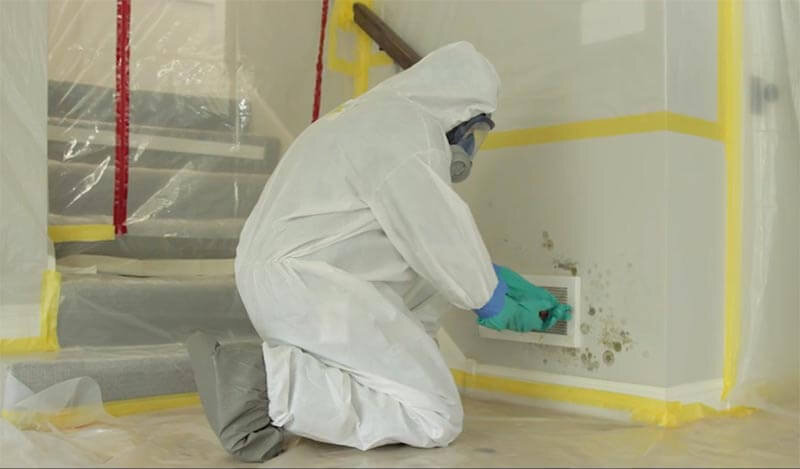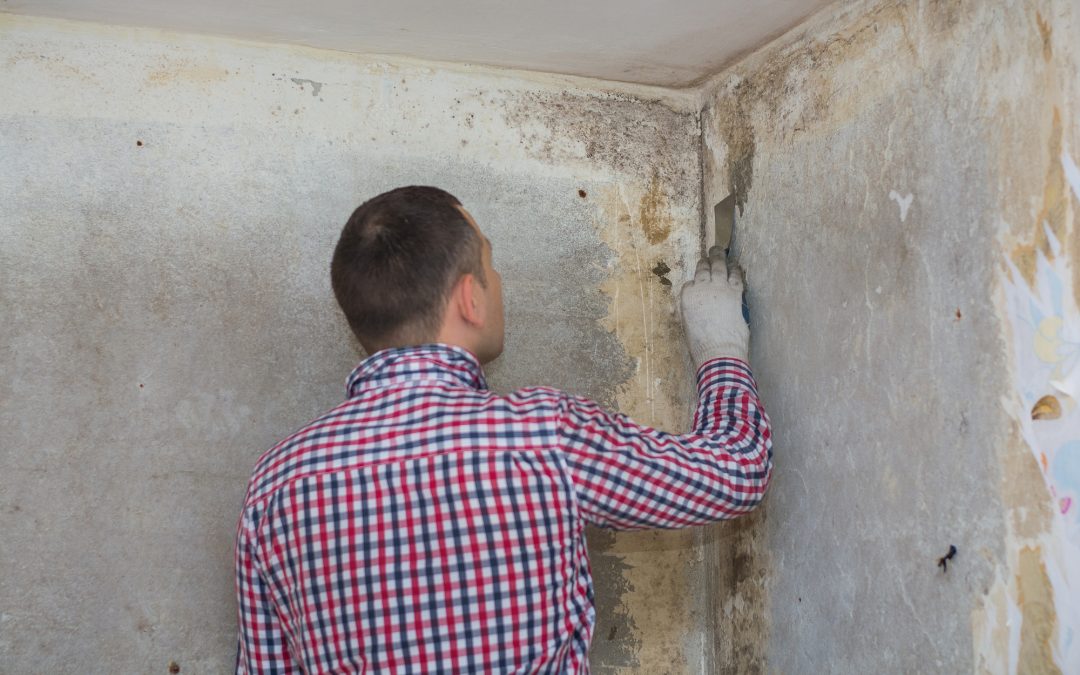Comprehensive Post Mold Remediation Procedures
Comprehensive Post Mold Remediation Procedures
Blog Article
Expert Tips for Message Mold Remediation Success
In the realm of mold removal, efficiently removing mold is just half the battle; the true challenge depends on avoiding its reappearance. Post-remediation initiatives play an essential function in making sure a mold-free setting in the long-term. By adhering to experienced tips and best methods, people can protect their spaces against mold and mildew revival and keep a healthy and balanced interior atmosphere. It remains in this phase of the remediation procedure that focus to information and proactive actions really make a distinction.
Screen Humidity Degrees Regularly
Regular surveillance of humidity levels is crucial in guaranteeing the efficiency of post mold and mildew removal initiatives. After finishing mold and mildew removal treatments, preserving ideal moisture degrees is essential to stop mold and mildew re-growth and ensure a healthy interior atmosphere. Monitoring humidity levels permits early discovery of any spikes or changes that might possibly bring about mold rebirth. High moisture degrees above 60% create a conducive atmosphere for mold to flourish, making normal keeping an eye on a positive procedure to avoid any future mold and mildew issues - Post Remediation verification.
Additionally, establishing a regular schedule for humidity checks, specifically in risky locations such as kitchens, basements, and washrooms, is a proactive method to mold prevention. By consistently monitoring humidity degrees, home proprietors can effectively alleviate the risk of mold reoccurrence and maintain a healthy and balanced indoor setting post-remediation.
Conduct Thorough Inspections Post-Remediation
Adhering to the completion of mold and mildew removal treatments, it is crucial to carry out thorough inspections to validate the effectiveness of the remediation process. These post-remediation inspections are important in making certain that the mold and mildew issue has been efficiently attended to which there is no reappearance or remaining mold and mildew growth. Examinations must be executed by qualified professionals that have competence in determining mold and mildew and examining interior air high quality.
Throughout these examinations, different methods such as visual evaluations, air tasting, and surface area tasting might be used to extensively review the remediated areas. Visual assessments entail an in-depth assessment of the properties to look for any noticeable signs of mold development or water damage. Air sampling helps in determining the airborne mold and mildew spore degrees, while surface sampling can discover mold and mildew fragments on surface areas.
Implement Appropriate Air Flow Strategies
After making certain the performance of the mold and mildew removal procedure with comprehensive inspections, the following critical step is to concentrate on implementing proper air flow approaches. Adequate ventilation is necessary in preventing mold reoccurrence by managing wetness degrees and promoting air blood circulation. To accomplish this, it is advised to make use of exhaust followers in areas prone to high humidity, such as shower rooms and cooking areas. Furthermore, opening doors and windows when climate permits can assist boost air flow and reduce moisture buildup. Air cleansers and dehumidifiers are also useful tools in keeping optimal interior air high quality.
Correct ventilation not just help in preventing mold and mildew development however also adds to the overall health and convenience of passengers. By guaranteeing appropriate ventilation throughout the building, you can minimize the threat of mold regrowth and produce a much healthier living setting. Regular upkeep of air flow systems, including cleaning and filter substitutes, is essential to sustaining efficient ventilation. Consulting with cooling and heating professionals can provide further insights right into maximizing ventilation strategies for your certain property requirements.

Usage Mold-Resistant Products for Services
To improve the long-term efficiency of mold see this site remediation efforts, integrating mold-resistant products for repair work is vital in reducing the risk of future mold growth. Mold-resistant materials are developed to stand up to moisture and prevent mold growth, making them a necessary selection for areas vulnerable to dampness and moisture. When fixing areas impacted by mold and mildew, using materials such as mold-resistant drywall, mold-resistant paints, and mold-resistant caulking can help protect against mold recurrence.
Mold-resistant drywall is a superb choice to typical drywall in areas like washrooms and cellars where dampness degrees are greater. When exposed to damp problems, this type of drywall has a special coating that resists mold and mildew development even. In addition, utilizing mold-resistant paints containing antimicrobial agents can further prevent mold growth on walls and ceilings.
In locations where dampness is common, such as cooking areas and restrooms, utilizing mold-resistant caulking around home windows, tubs, and sinks can assist seal out water and avoid mold and mildew from taking hold in cracks and gaps. By investing in these mold-resistant materials during repair services post-remediation, you can dramatically decrease the possibility of future mold and mildew issues and keep a healthier indoor environment.
Maintain Sanitation and Address Water Issues
After mold remediation, it is important to preserve a clean environment to stop the regrowth of mold and mildew. Leaks, water invasion, or high moisture levels can produce the best reproduction ground for mold and mildew, so it is crucial to take care of any kind of water-related problems immediately.
To maintain cleanliness, consider making use of HEPA filters in vacuum cleaners and air purifiers to trap mold spores and stop their flow airborne. Making sure proper air flow in locations prone to moisture buildup, such as kitchen areas and shower rooms, can help maintain humidity degrees in check. By staying vigilant regarding cleanliness and resolving water concerns without delay, you can successfully protect against mold reinfestation and keep a healthy interior atmosphere.
Final Thought

In the realm of mold remediation, efficiently eliminating mold is just half the fight; the remove mold siding true obstacle lies in avoiding its reappearance. After completing mold and mildew removal treatments, keeping optimal humidity degrees is essential to avoid mold re-growth and make certain a healthy and balanced interior atmosphere. High humidity levels over 60% produce a favorable environment for mold and mildew to flourish, making regular keeping track of an aggressive procedure to protect against any type of future mold and mildew issues.
To boost the long-term efficiency of mold and mildew removal initiatives, integrating mold-resistant products for fixings is important in minimizing the danger of future mold growth. After mold and mildew remediation, Get More Information it is critical to preserve a clean setting to prevent the regrowth of mold and mildew.
Report this page